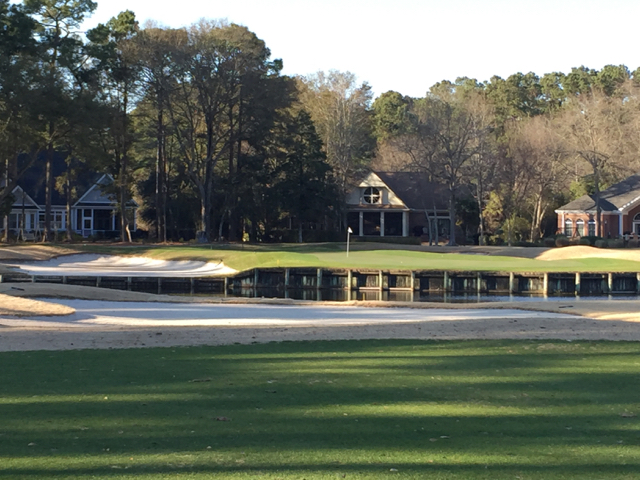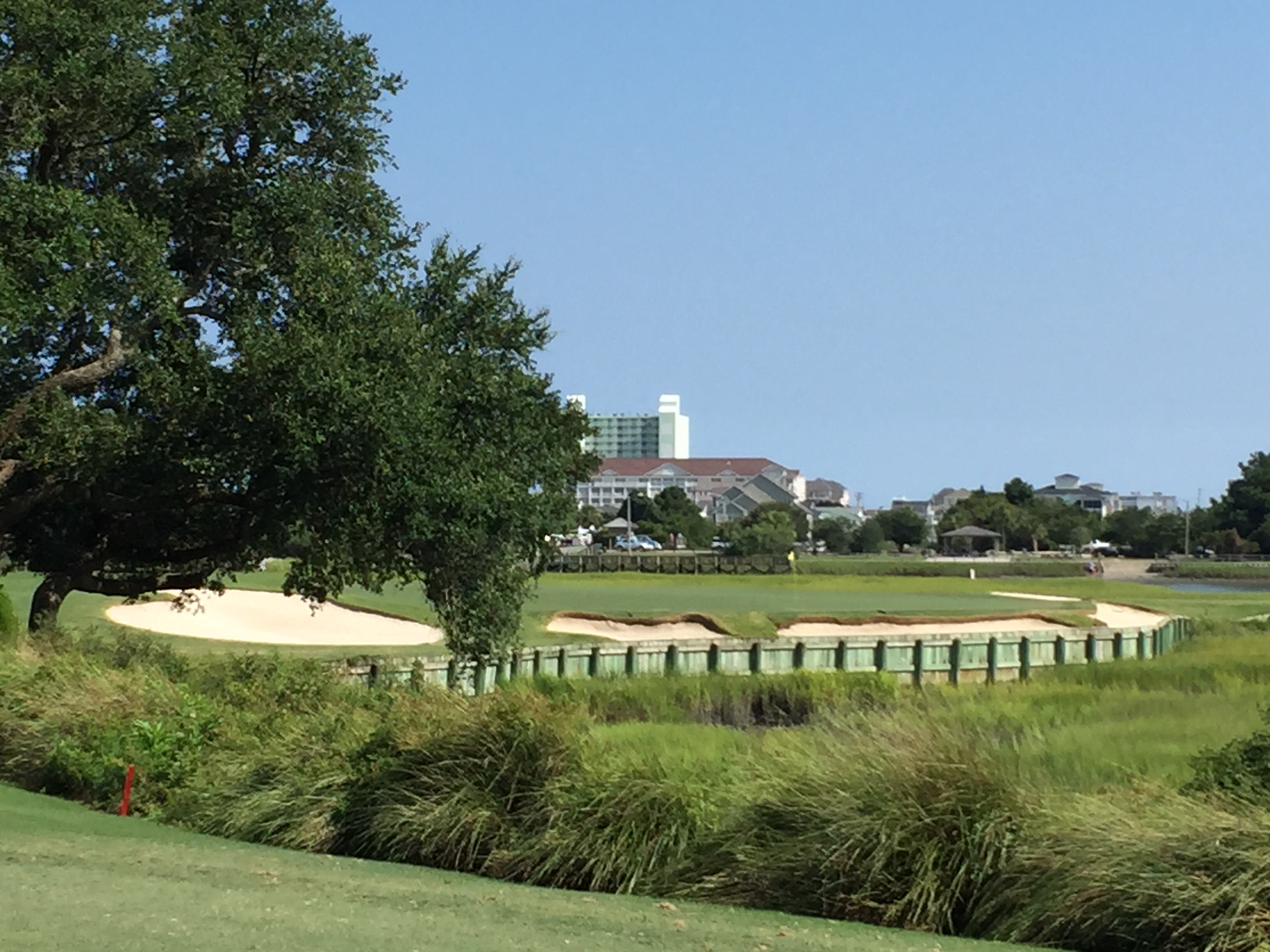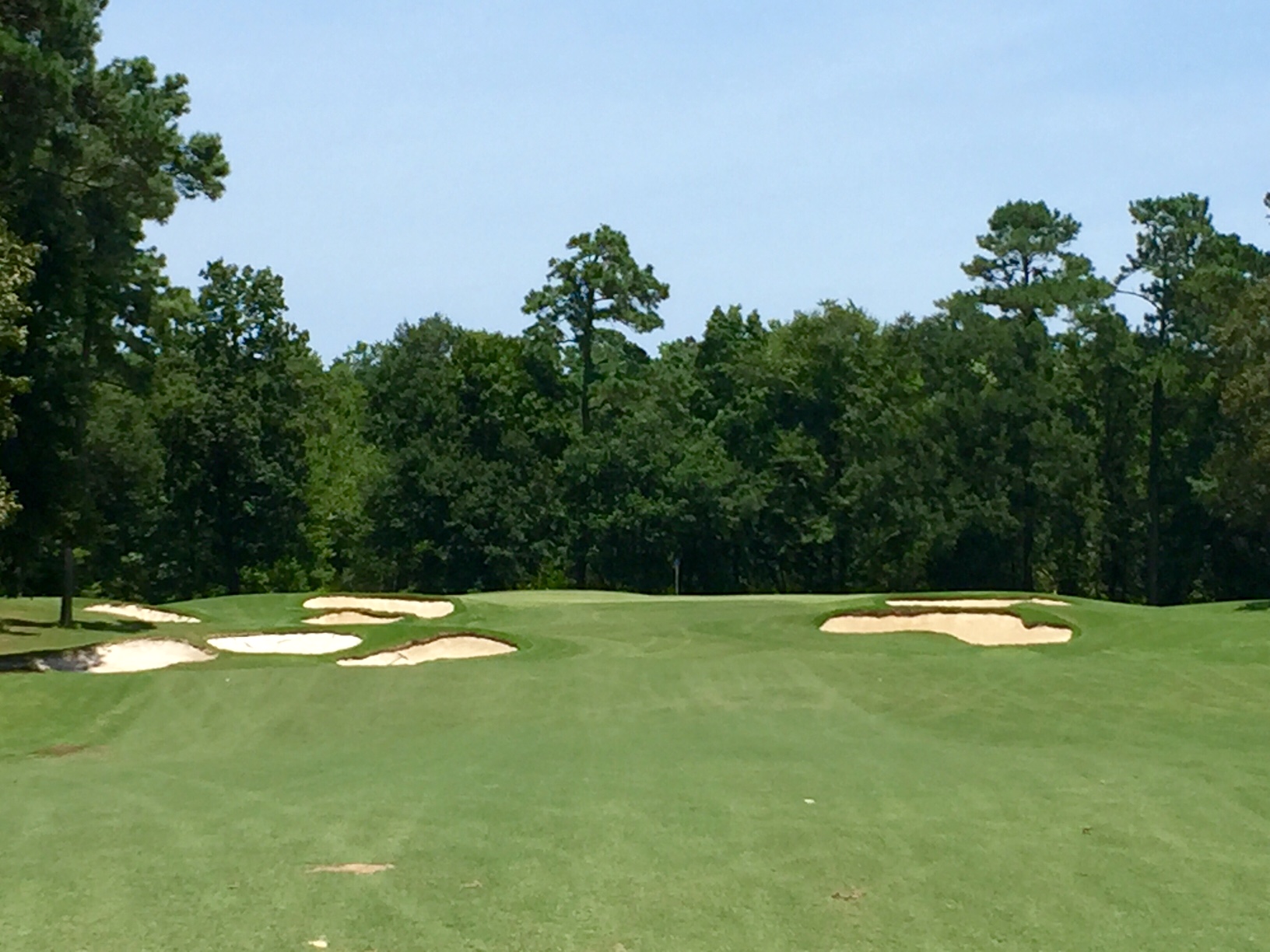From my perch at Pawleys Plantation in Pawleys Island, SC, site of my family's vacation home, it appears the entire Myrtle Beach market has (finally) begun to rise again. Whipsawed by the 2008 recession that has lasted more than seven years, the real estate market along the almost 90-mile stretch known as the Grand Strand is showing strong signs of life.
First, close to home, the dozen or so condos inside Pawleys Plantation that were priced from $129,000 to $200,000 just a year ago are gone; the lowest priced condos stretched along the 12th hole on the Jack Nicklaus golf course now start at $219,000. They are pretty standard 2 bedroom, 2 bath units just a one-minute walk to the marsh that looks out toward the homes a 1/2 mile away on the island itself, and about a five minute walk to the clubhouse and first tee of the golf course. These were priced below $200,000 when I visited earlier this year.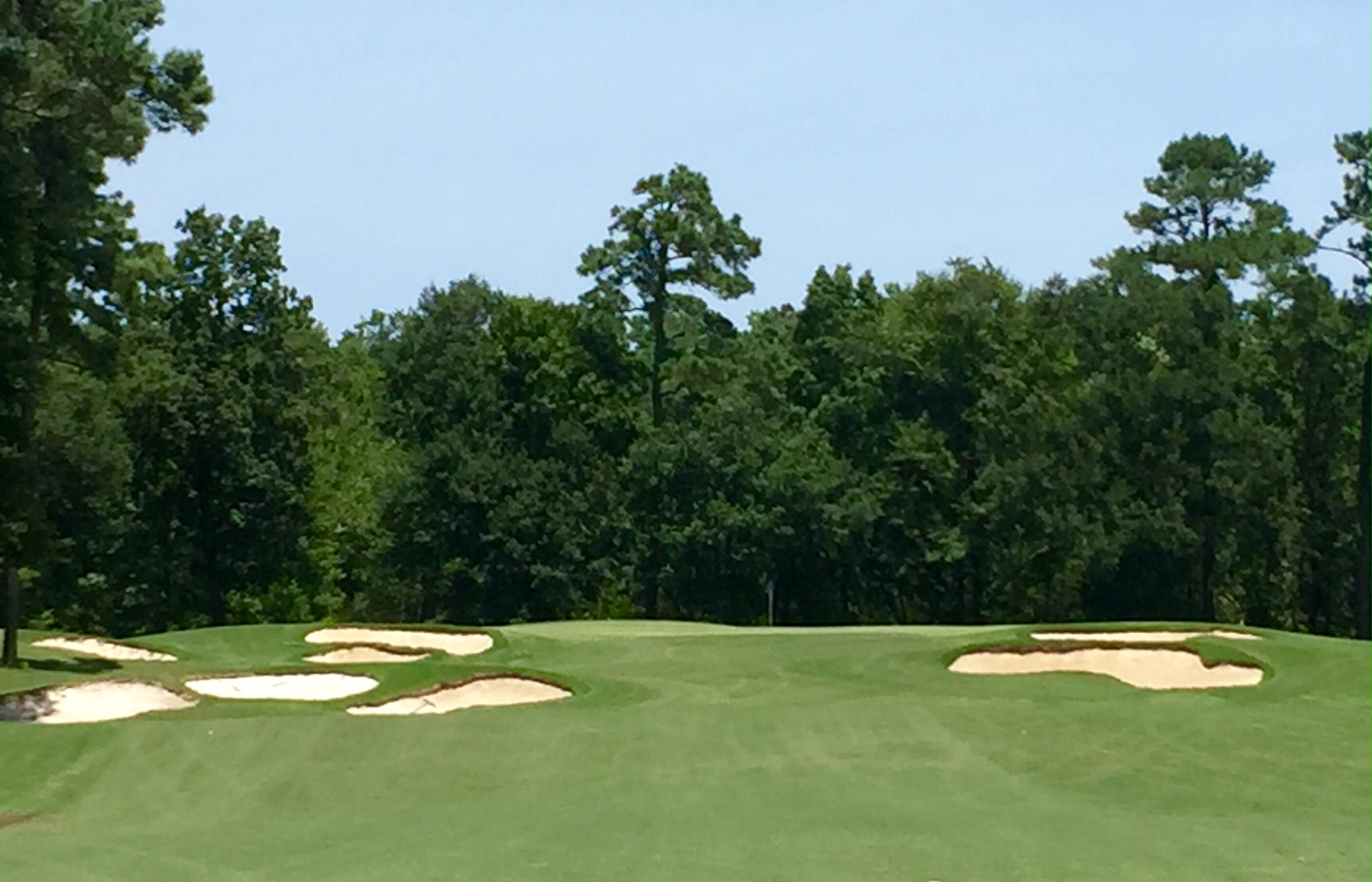 TPC of Myrtle Beach, designed by Tom Fazio, is one of the 22 courses available at deep discount via the Prime Times Signature Card.
TPC of Myrtle Beach, designed by Tom Fazio, is one of the 22 courses available at deep discount via the Prime Times Signature Card.
An increase of activity in the condo market at Pawleys Plantation is reflected in the overall market numbers for Myrtle Beach as reported recently by the Coastal Carolina Association of Realtors. The organization's June report showed that sales of condos in Myrtle Beach were up more than 22% over the last year, and that the number of days those condos were on the market was down more than 15%. However, prices in the Myrtle Beach area actually decreased by a little under 2% in the 2015 to 2016 time period which implies strength inside Pawleys Plantation (happy news for condo owners there like me). The south end of the Grand Strand, from Murrells Inlet down to Georgetown, does not have the traffic problems of the Myrtle and North Myrtle Beach areas but does have plenty of access to shopping, excellent restaurants and that wonderful city of Charleston, just an hour away. That, and arguably the best golf courses of the 100 in the Myrtle
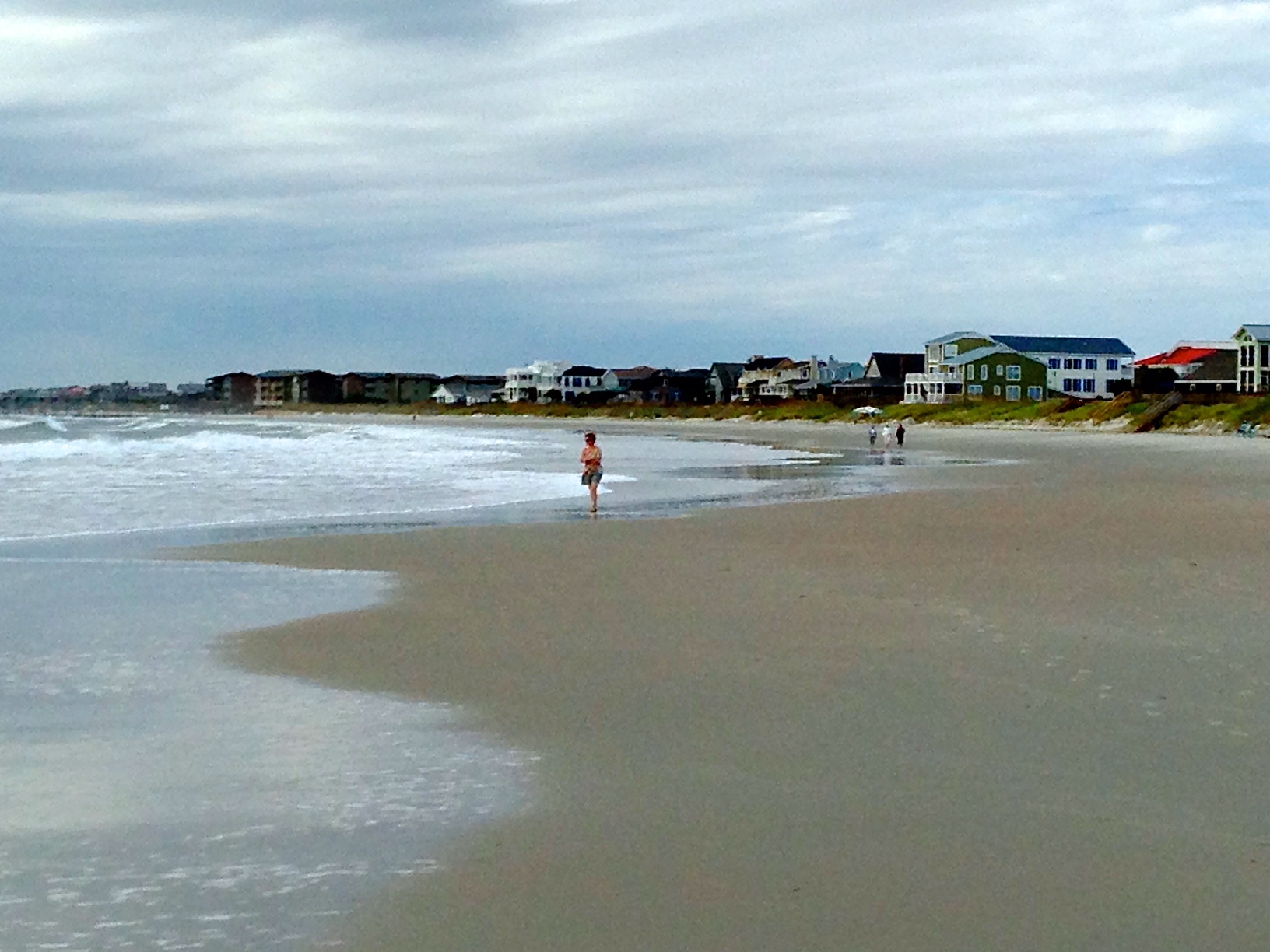 The beach on Pawleys Island, just three minutes from Highway 17, is clean and wide, a perfect place to wait for a family member to come back from some of the area's great golf courses.
The beach on Pawleys Island, just three minutes from Highway 17, is clean and wide, a perfect place to wait for a family member to come back from some of the area's great golf courses.One other important feature about Pawleys Island and Myrtle Beach in general: A club membership is not necessary for a rich and happy golf life. There is still so much competition among the area's golf courses that prices are reasonable and many affinity memberships are available to those who like to play many different golf courses. For example, sign up for Prime Times Signature Card for $225 and you gain access to 22 golf courses in the Myrtle Beach area, with green fees discounted as much as 70% from the standard rates. If you play, say, just once a week throughout the year, you more than make your money back. The roster of courses, by the way, are among the best on the Strand and include Pawleys Plantation, Founders Club, TPC of Myrtle Beach, River Club and Litchfield Country Club, which was named this week Golf Course of the Year in Myrtle Beach by the area's golf club owners association.
For those who are content playing repeatedly two of the best public golf courses in the east, let alone the Myrtle Beach area, the group that owns Caledonia Golf & Fish Club and True Blue Golf Club offer an annual membership with no initiation fees and dues of $1,900 per year. For courses that, in the high season, charge as much as $180 per round, the math (and savings) is easy.
I am in Pawleys Island for the next couple of weeks and would be happy to answer any questions or check out any properties for those interested in a great place for a vacation or permanent home. (Contact me here.) And if you are planning a visit, I'd be pleased to make golf course and restaurant recommendations. There are plenty to choose.




